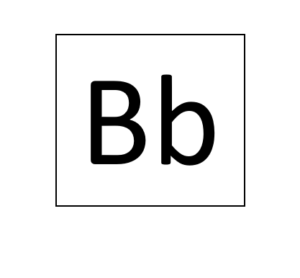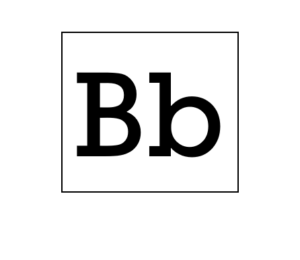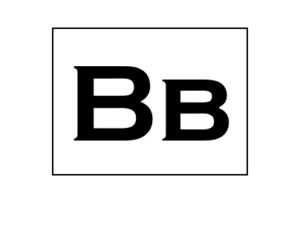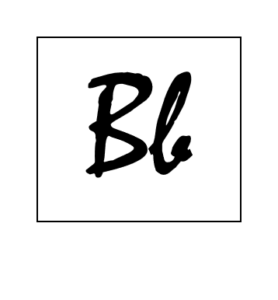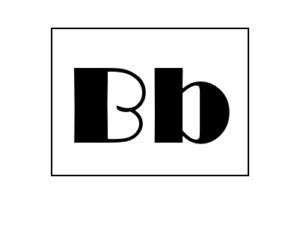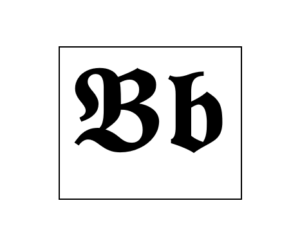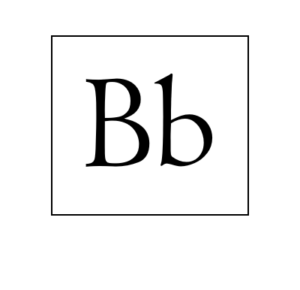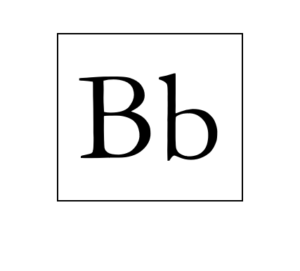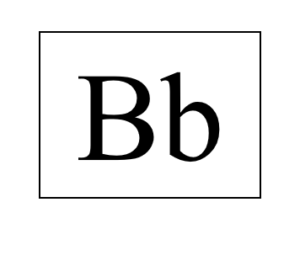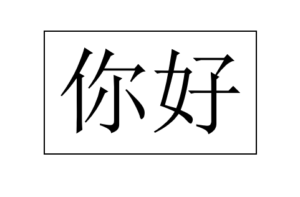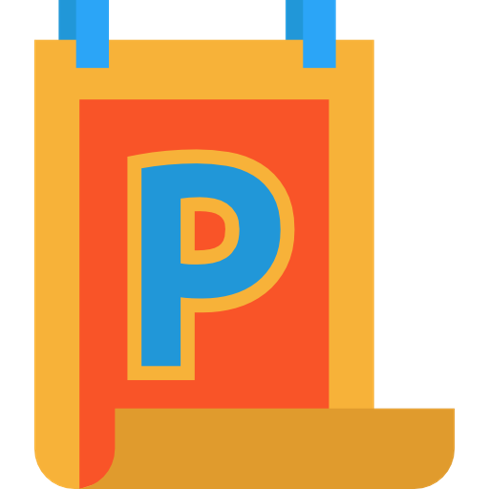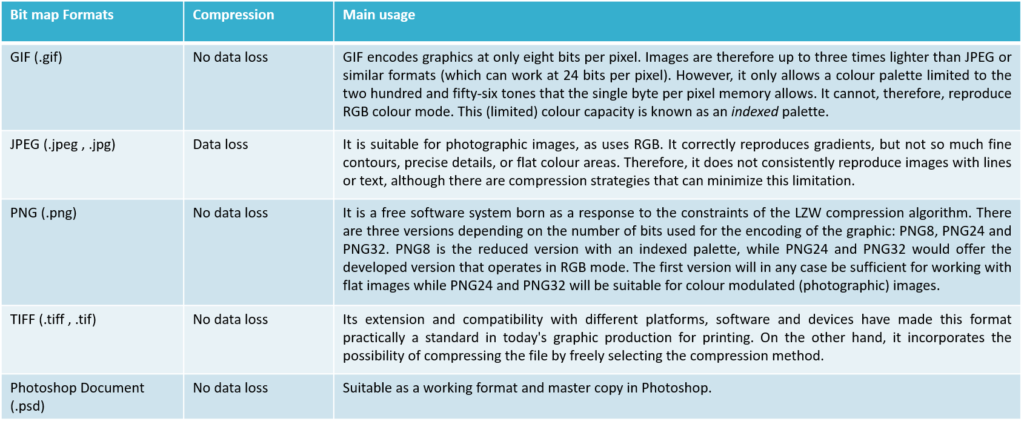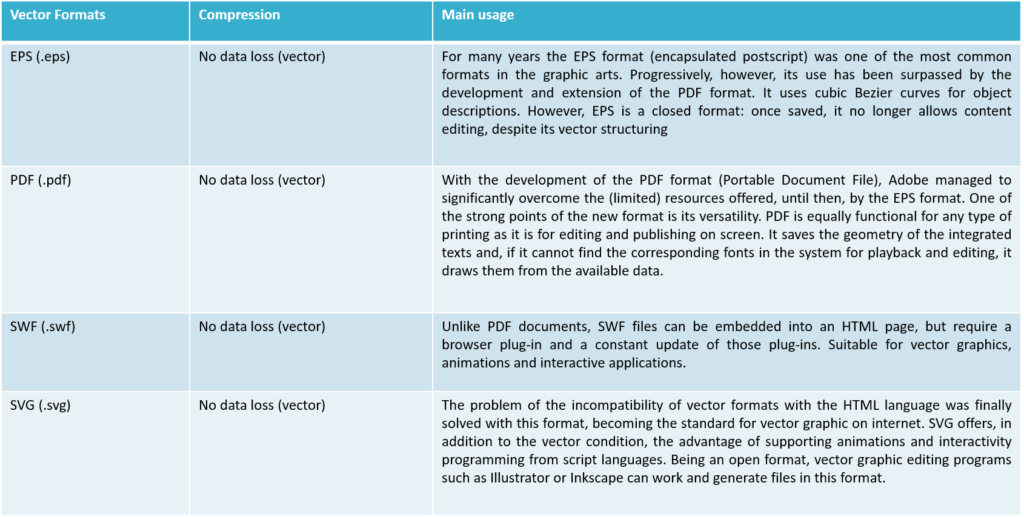The Ribbon
Regarding typographic classifications, one of the most recognized classifications is the one proposed by Maximilien Vox and later adapted by the International Typography Association (ATypI). This classification is known as Vox-ATypI.
The Vox-ATypl classification bases its analysis on the formal characteristics of the fonts, but also on historical evolution. It groups the families by features such as the shape of the terminals; the modulation and width of the line; the tilt axis; the relationship between the height of the high box, the terminals and the x-height; among other factors.
The eleven categories that integrate this classification are grouped into four major groups, as follows:
1) Classics (Humanist, Garalde, Transitional)
2) Moderns (Didone, Mechanistic, Lineal)
3) Calligraphics (Glyphic, Script, Graphic, Blackletter)
4) Non-Latin




